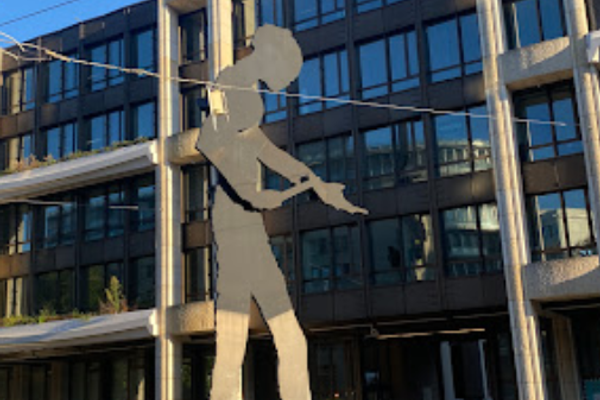About
Richard Serra is one of those artists that is devoted to bringing art to the larger public. His artworks are usually large in size, and custom-made for the place where they are displayed. In his work, he explores the three-way relationship between the viewer, the artwork, and the location. It was Sheikha Al-Mayassa who suggested that Serra build a sculpture in the Qatari desert, and in 2014 that idea came to fruition under the name of East-West/West-East.
East-West/West-East encapsulates Serra’s artistic approach. It consists of four steel plates aligned along a one-kilometer stretch of the desert in the Brouq Nature Reserve. The plates are over 14 meters (46 feet) tall, but their exact heights differ in order to account for the changes in the terrain level and still reach alignment. The plates are aligned along the East-West axis and they are flanked by two equidistant escarpments that separate two gypsum plateaus.
The four plates are made of steel from Germany specifically chosen because of the different shades and hues it acquires while rusting. This is a choice that Serra made for other installations, but East-West/West-East is rusting at a much faster pace than others due to the harsh desert climate. Though it is a relatively new installation, it has already acquired a rich red hue. In the summer, the plates trap so much heat that it is sometimes impossible to touch them without burning oneself.
The appearance of oversized rectangular structures in a desolate landscape recalls the monolith immortalized by Stanley Kubric’s opening scenes of 2001: A Space Odyssey.
Related Tags
Know Before You Go
There is no paved road leading to East-West/West-East. The monument can be reached by following one of several desert tracks. You will need a car with some clearance, but there is no need for a 4x4.
Community Contributors
Added By
Published
March 17, 2022



































